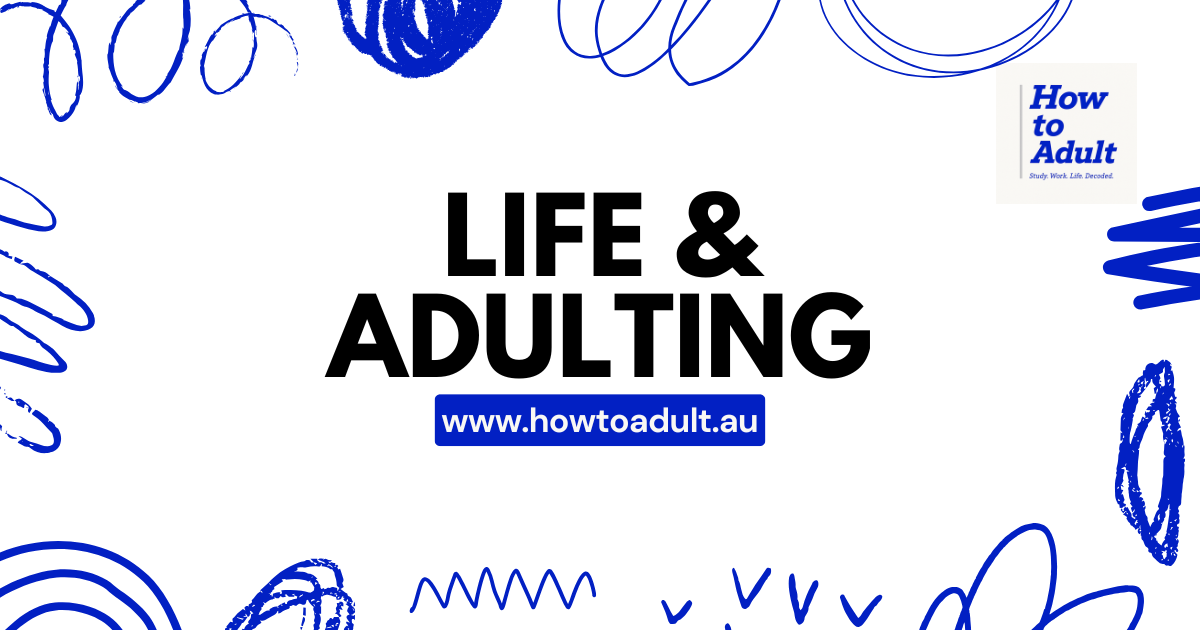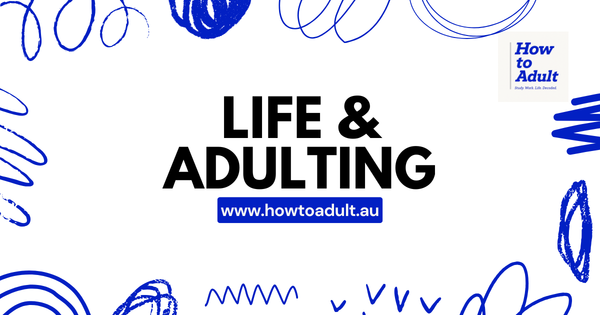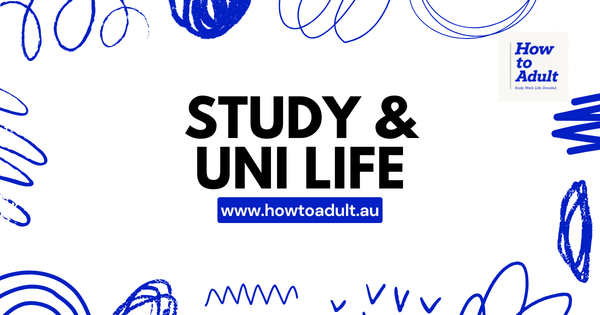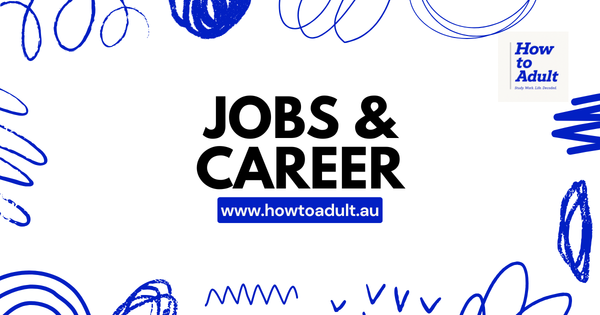Getting Your Driver’s Licence in Australia: A Realistic Timeline
Whether you grew up in Australia or recently arrived, here’s how long it really takes to get your licence — and what to expect at each step.

Getting your driver’s licence in Australia is a major milestone — a step toward independence, employment, and everyday freedom.
But whether you’re a local teen, an international student, or a new migrant starting from scratch, the truth is: it’s not a one-day process. There are rules, timelines, and often a lot of paperwork involved.
Here’s a realistic timeline for getting your licence in Australia — including what slows people down, and tips to help you plan ahead.
🟡 STEP 1: Learner’s Licence (Ls)
Who can apply:
- Australian citizens and permanent residents
- Visa holders with valid ID (e.g. international students, skilled migrants)
When: You can apply at age 16 (varies slightly by state)
How long it takes: 1–4 weeks
What you need to do:
- Pass the Driver Knowledge Test (DKT)
- Provide proof of identity and address
- Pass an eyesight test
- Pay a small fee and receive your Ls + logbook
📝 For newcomers: If your documents are from overseas, you may need to provide certified copies or translations. Always check with your state’s transport authority (e.g. Service NSW, VicRoads, etc.).
🔵 STEP 2: Learner Period (Logbook & Practice Hours)
Minimum duration: 12 months (in most states)
Minimum hours: 100–120 supervised driving hours
This is the longest step — and often the hardest for new migrants or international students without local family support.
💡 Tips for international students/new migrants:
- You can take lessons with a licenced instructor (these count toward your logbook)
- Ask community groups, friends, or driving schools for supervision options
- Keep a backup of your logbook entries just in case
🔴 STEP 3: Test Booking
What’s next:
- Book and pass your Hazard Perception Test (if required in your state)
- Book your driving test
📅 Wait times vary by suburb — some areas take 1–2 months to get a test slot. Plan ahead.
🟢 STEP 4: Red Ps (P1 Licence)
You’ll get your provisional licence if you pass the driving test.
Then:
- Display red P plates
- Follow restrictions (e.g. speed limits, 0.00 BAC, passenger limits)
- Stay on Red Ps for 12 months
🟣 STEP 5: Green Ps (P2 Licence)
You can apply after 1 year on Red Ps.
Restrictions start to ease, but you’ll still need to follow rules like reduced demerit thresholds and zero alcohol limits.
🏁 STEP 6: Full Licence
After completing your Red and Green P periods (usually 3–4 years total), you can apply for a full, unrestricted licence.
✈️ Already Have an Overseas Licence?
If you already hold a full driver’s licence from another country, you may not need to start from scratch. However, the rules vary based on:
- Which country your licence is from
- How long you’ve held it
- Your visa/residency status
- The state or territory you're living in
✅ What You Might Be Able to Do:
- Drive temporarily: Most visitors and international students can drive on their overseas licence (in English or with an official translation) for up to 3–6 months depending on the state.
- Convert your licence: Some licences from countries like New Zealand, the UK, Singapore, Germany, and Japan may be eligible for direct conversion without a driving test.
- Skip to a driving test: Others can skip the logbook and learner phase, and just take a practical test to get their full Australian licence.
📝 What You’ll Need:
- Proof of your current visa or residency status
- Your original driver’s licence (with certified translation if not in English)
- Identity documents
- An eyesight test
- Possibly: a knowledge test and/or driving test
💡 Check your state’s official site for a list of recognised countries and step-by-step instructions (e.g. Service NSW, VicRoads, etc.)
What Slows People Down?
- Not enough supervised driving hours
- No access to a car
- Booking delays for tests
- Failing a test
- Language barriers or unfamiliarity with road rules
- Cost of lessons, test fees, and forms
Note: Most transport websites offer translated guides, practice tests, and driving resources for learners who speak English as a second language.
Final Thoughts
Whether you’re a teenager getting your P’s or an adult finally tackling your licence later in life — learning to drive in Australia is a big deal. It takes time, effort, and a lot of paperwork, but it opens up freedom, job opportunities, and everyday convenience.
For most Aussie-born learners, the process is long but structured. For international students, migrants, or returning residents with an overseas licence, the path might be different — sometimes easier, sometimes more complicated. Either way, getting familiar with the local rules is key.
Take it one step at a time. Don't rush. And remember — the goal isn’t just to get your licence, but to become a confident, safe driver for life.



